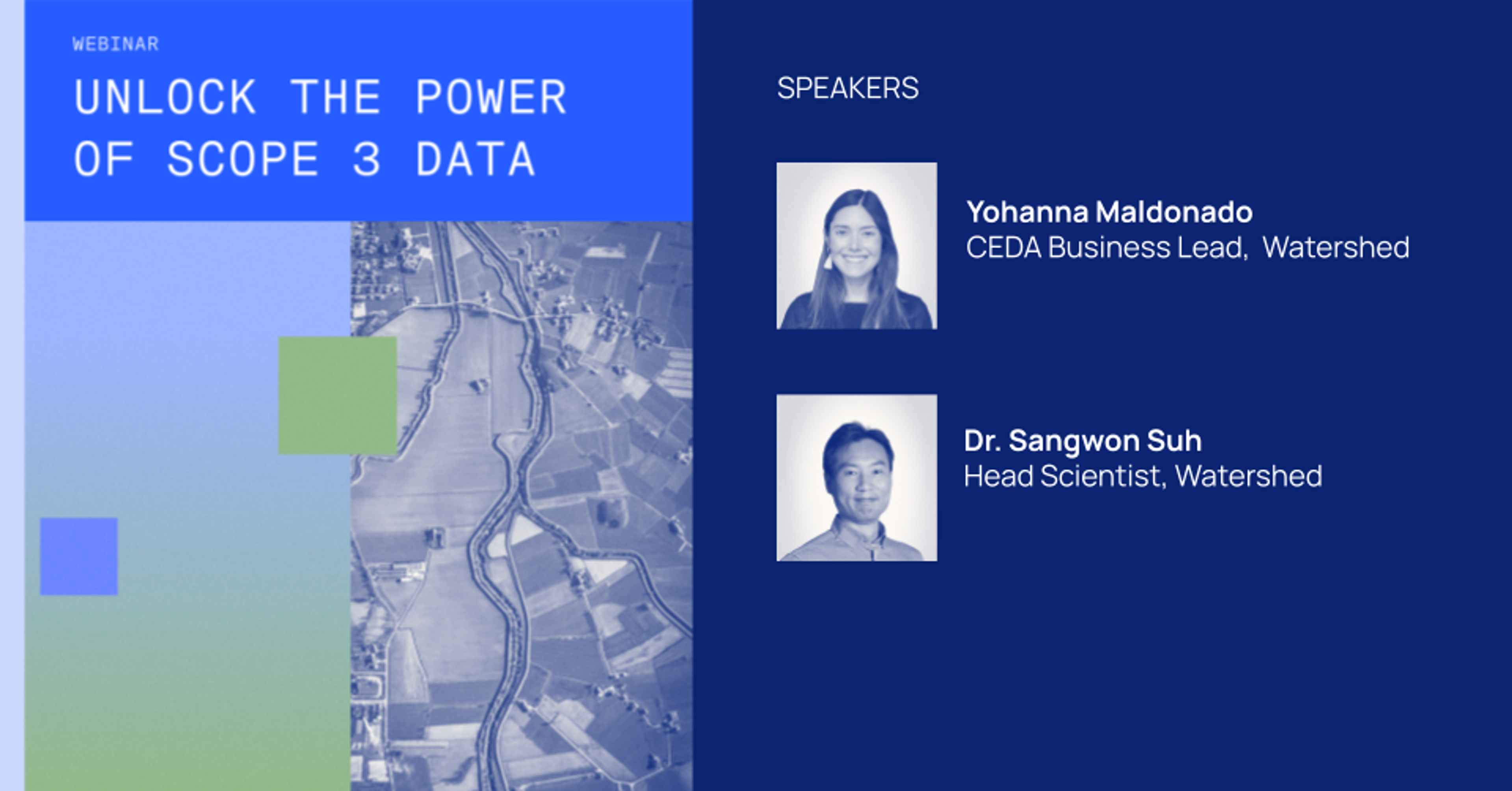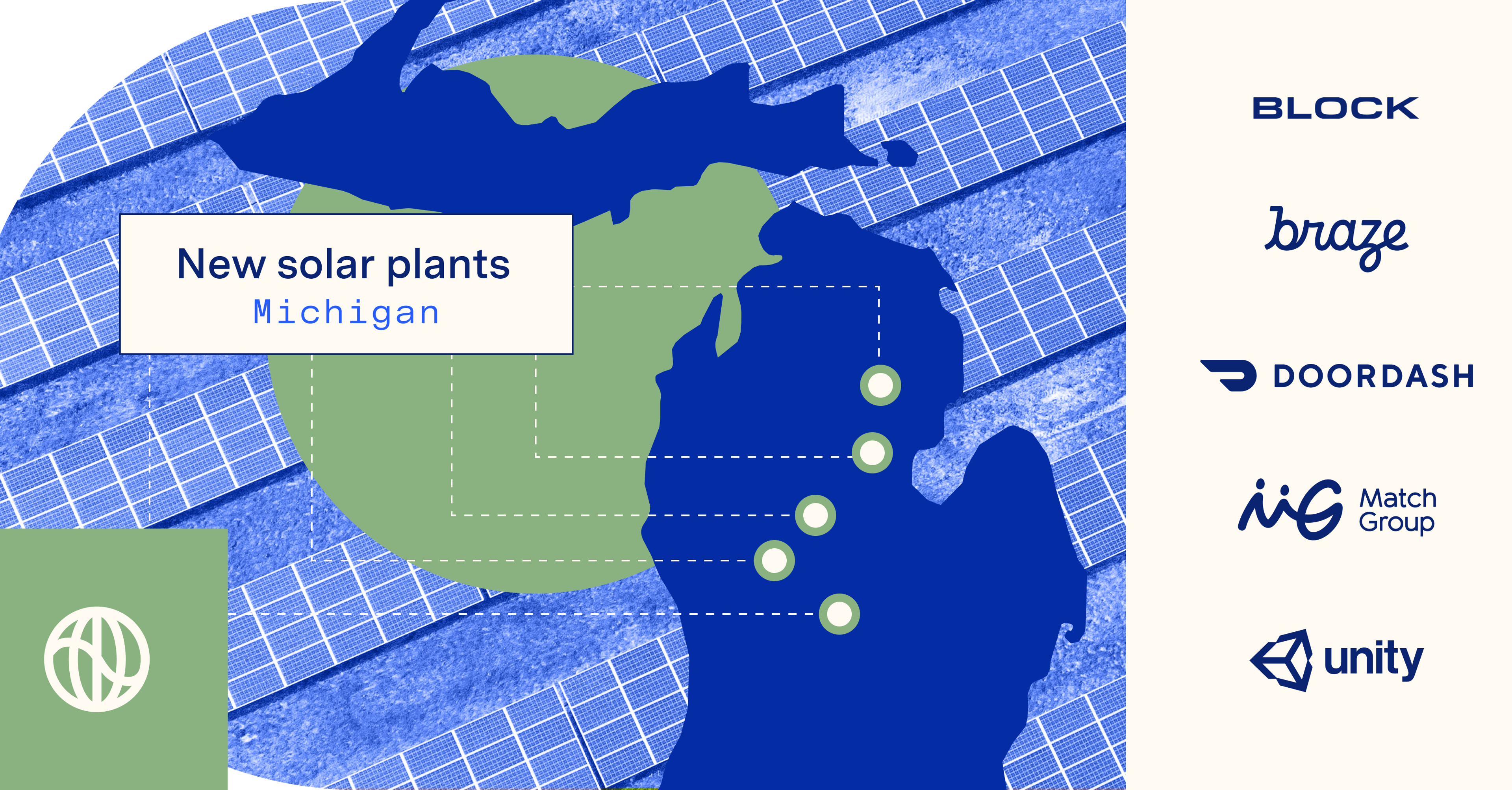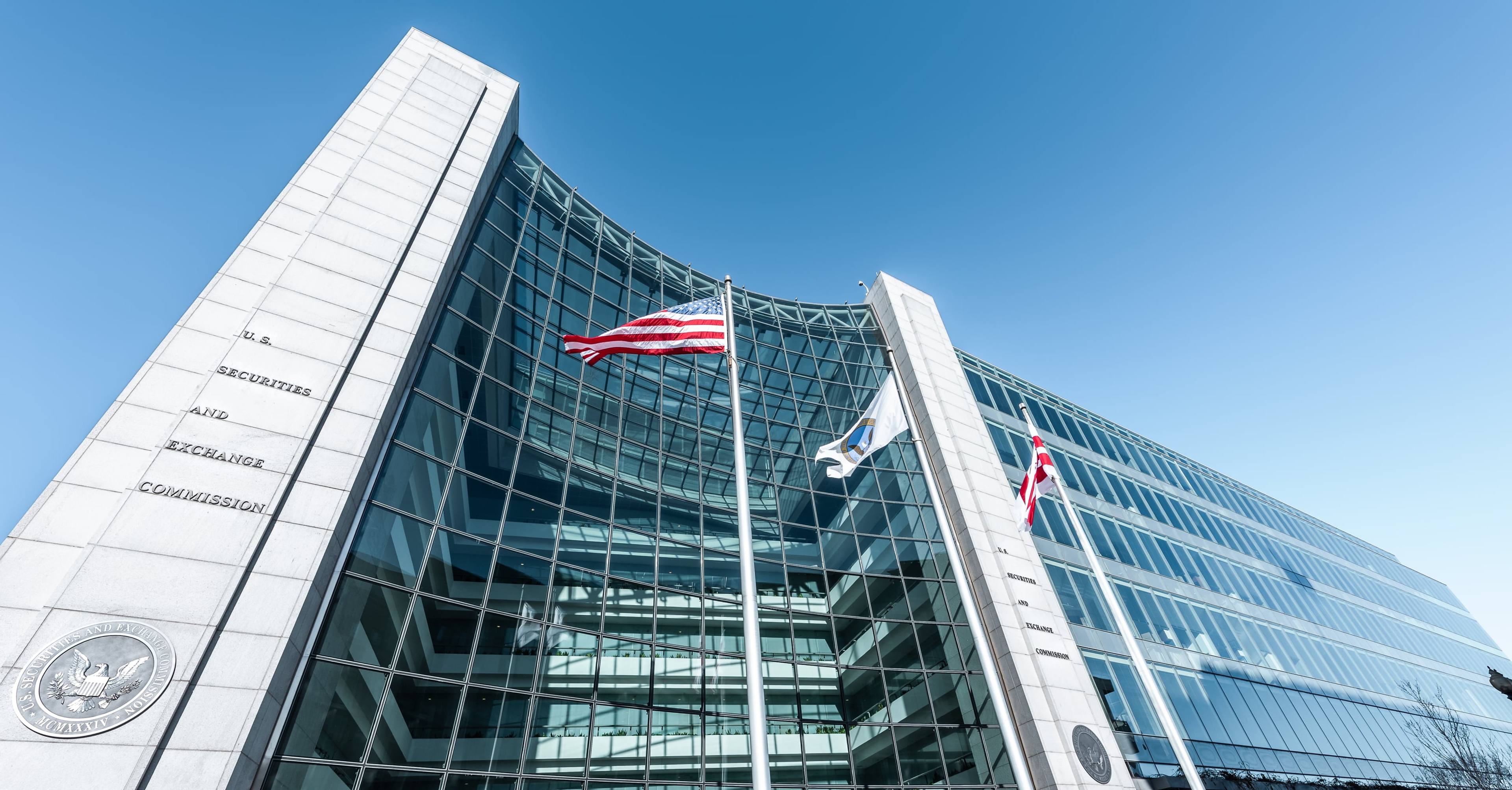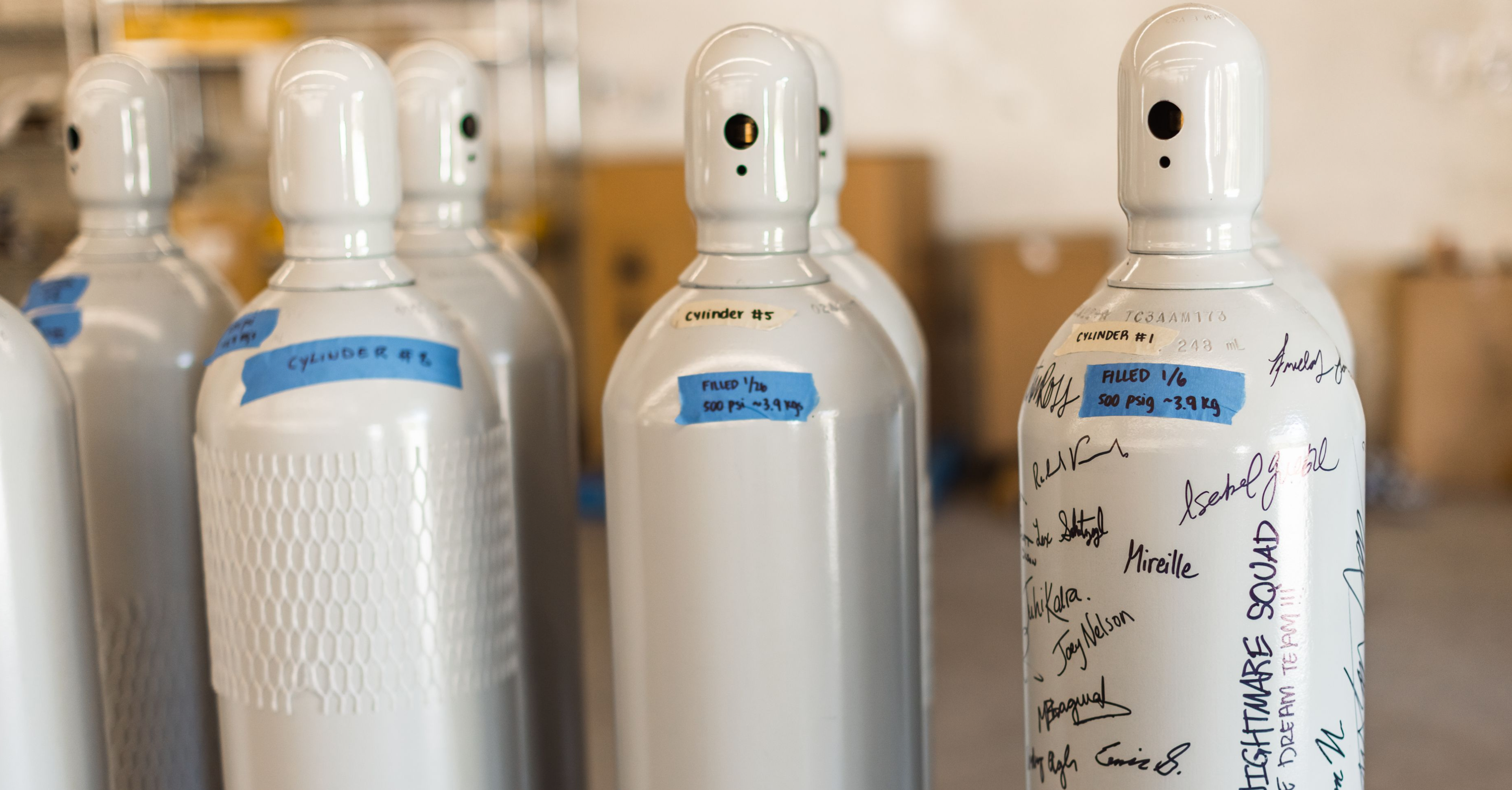“Every company I talk to is looking for acceleration, and the companies that are moving the fastest are the ones looking to AI.” —Taylor Francis, Watershed co-founder
Climate change demands solutions at an unprecedented speed and scale, and AI is emerging as a powerful ally in this effort. Its superpower lies in tackling problems that are too complex, too large, or too time-consuming for humans alone.
Large, complex problems are the name of the game in corporate sustainability, meaning AI holds incredible potential to accelerate decarbonization.
Notably, the computing power that makes AI effective is also energy and water-intensive —so it's incumbent on climate leaders to apply AI where it drives the greatest impact. With the right approach, AI becomes not just a tool, but an impact multiplier.
The sustainability leader’s role in AI adoption:
- Understand AI’s environmental impact so it’s reflected in reporting and usage decisions.
- Lead your organization in setting standards for impactful adoption.
- Harness AI to achieve your company’s sustainability goals.
This guide provides three practical pillars to help you get started.
1) Talk to your company about sustainable AI choices
By championing thoughtful AI use, you can help your organization turn new technology into a powerful driver of sustainability success.
“As sustainability professionals, it's critical to begin with an understanding of the environmental impact of AI. We need to be equipped not only to use it ourselves, but to be leaders within our organization and advise on how to deploy AI effectively without undermining our sustainability goals.” —Shaena Ulissi, Climate Scientist at Watershed
Guidelines:
- Set vendor standards. Favor providers who are more transparent in publishing data on their energy, carbon, and water use. Encourage AI providers that make sustainable infrastructure and training choices.
Making AI more efficient will help justify investments in AI and drive the entire industry forward.
- Set internal standards for use. Right-size tools by using the smallest, most efficient model that meets the need. Help your company to find the most impactful use cases of AI and prioritize those among your employees.
Don’t use a Hummer where a bicycle will do.
- Educate your teams. Train colleagues on best practices: don’t rerun prompts unnecessarily, avoid large models for trivial tasks, focus on where AI delivers real value.
Invest in internal education to drive thoughtful adoption.
Key takeaway: Understanding how AI is used across your company is the first step toward confident, informed decision-making. Equip your team with the insight needed to adopt AI responsibly—and strategically.
2) Leverage AI to unlock more sustainable paths for your business
AI models are rapidly becoming more efficient, and more capable. For example, Google recently reported that Gemini uses 33x less energy per query than a year ago, and the speed and accuracy of large language models in completing complex tasks are continuously improving.
This will have many applications for corporate sustainability work, where teams grapple with overwhelming volumes of data, complex reporting requirements, and processes that lag behind the urgency of the moment.
The key is thoughtful application. Here are some steps to go through when designing your own team’s use of AI:
- Ask the baseline question: Would I need to do this task anyway? If yes, AI is almost always worth it. Running a large model often uses orders of magnitude less energy than the equivalent hours of human work.
- Prioritize useful, scalable tasks. If AI saves time and unlocks impact, such as enabling your team to run faster product footprinting or automated reporting, it’s worth the energy.
- Watch for waste. Avoid repetitive, low-value uses, like rerunning prompts endlessly or using advanced models for trivial outputs.
- Evaluate the safeguards needed: For any use of AI, review the potential risks for error and build safeguards into your process for human review.
- Evaluate ROI. The best sustainability AI applications are:
- Repetitive and codifiable, like mapping data to categories.
- High-volume and data-heavy, such as searching emissions factors across thousands of rows.
- Aligned with climate goals.
Key takeaway: Use AI where its efficiency and impact clearly justify the energy. Assess the safeguards needed and evaluate the ROI of each major use.
3) Model effective AI use in your sustainability program
How you use AI in your sustainability program should be as intentional as what AI you use. Responsible adoption has two parts: choosing the right use cases and the right tools.
“We have been really intent on thinking about how AI can not just make things faster, but also enable decarbonization that hasn’t been possible before.” —Taylor Francis, Watershed co-founder
Finding the right use cases
- Be intentional. Invest time in identifying the tasks where AI delivers the greatest impact with the lowest risk.
- Look beyond today’s bottlenecks. Think about the problems you’ve sidelined because they felt too complex or time-intensive—AI may be the unlock that makes them solvable.
- Rank and assess. Rank tasks by effort and potential impact. Assess risks for each, and define safeguards and review processes before deployment.
- Focus on AI’s sweet spots today:
- Supercharged search, such as finding the right emissions factor in seconds.
- Consistent application of rules at scale, like for mapping data categories thousands of times.
- Emerging capabilities like literature search with citations and quality judgment.
Choosing the right tools
Not all AI is created equal. The best systems for sustainability work share four traits:
- Sustainability intelligence. Domain expertise is baked in—grounded in environmental data and methodologies.
- Checks and balances. Built-in safeguards, human overrides, and frequent performance testing.
- Transparency. Outputs that can be explained, audited, and defended—critical for compliance and multimillion-dollar decisions.
- Continuous improvement. Systems that evolve with human feedback and adapt as science and data advance.
Key takeaway: Effective AI for sustainability means being intentional: pick high-impact, low-risk use cases, and demand tools with domain expertise, transparency, and safeguards—not just raw computation.
AI in action: Product Footprints
Across industries, companies face the same challenge: most of their emissions sit in scope 3, yet this data is the hardest to measure and act on. Spend-based estimates are too rough, and traditional lifecycle assessments are too slow and siloed to scale.
“ It was important for us that our sustainability AI sees insights previously unseeable and finds reduction levers previously under-recognized.” - Yubing Zhang, Head of Application, AI Products, and Data at Watershed
Watershed’s Product Footprints leverages advanced AI models to break through this barrier. By combining supplier-specific, material-level, and process-level data, Product Footprints makes emissions visible across thousands of SKUs. Companies can:
- Compare suppliers and materials side by side to inform procurement decisions.
- Run “what-if” scenarios to test design and sourcing changes.
- Bring credible emissions data into conversations with suppliers, CFOs, and product teams.
Customers from manufacturers to life science leaders are using Product Footprints to connect their sustainability ambitions with their operational reality. Burton Snowboards, for example, uses Product Footprints to model and manage product- and supplier-level decisions in real-time.
“With Watershed, we’re confident in the numbers and that the decisions we’re making are really moving the needle.” — Emily Foster, Director of Environmental & Social Impact, Burton Snowboards
Product Footprints reflects the principles of sustainable AI use: applied intentionally, targeted at high-value outcomes, and built with transparency and domain expertise at its core.









